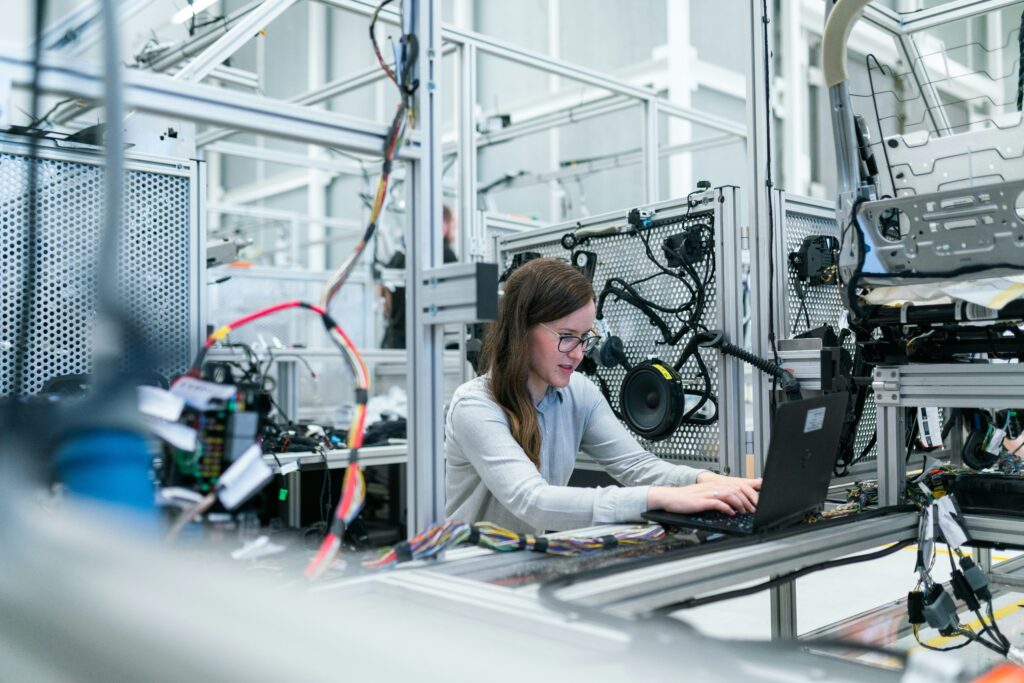Have you ever wondered how a simple barcode can revolutionize the way we shop and track inventory? It may seem like a mundane aspect of modern business operations, but barcoding has had a profound impact on streamlining processes and improving efficiency in a variety of industries.
Invented in the 1970s, barcodes were initially met with skepticism and resistance from retailers and manufacturers. However, once the benefits became apparent, adoption rates soared. Today, barcodes are ubiquitous, found on nearly every product in stores around the world.
The efficiency gains from barcoding are staggering. According to the GS1 organization, which sets global standards for barcoding, the use of barcodes can reduce errors in data entry by up to 60%. This can translate into significant cost savings for businesses and improved customer satisfaction.
But the benefits extend beyond just operational efficiency. Barcoding has also enabled businesses to better track inventory levels, reduce shrinkage, and improve supply chain management. In fact, research from the McKinsey Global Institute found that companies that embrace digital technologies like barcoding can increase their productivity by up to 45%.
As technology continues to advance, we can expect to see even more innovation in barcoding and related technologies. From RFID tags to augmented reality glasses for picking and packing, the future of barcoding looks bright and full of exciting possibilities. So the next time you scan a barcode at the checkout, remember the decades of innovation and hard work that went into making that seemingly simple act possible.



